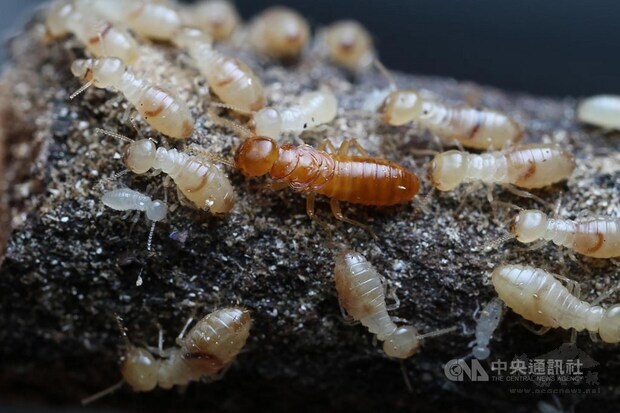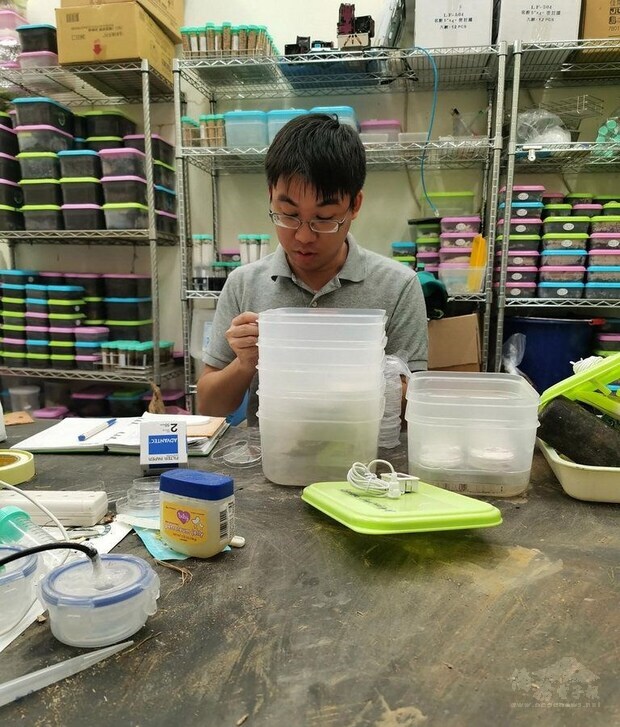

Taipei, March 2 (CNA) Some species of termites have a strong ability to withstand saltwater, supporting the theory that they spread across oceans by drifting on wood, according to a study conducted by Taiwanese and American researchers.
Though termites can fly no more than a few kilometers, several termite species are found across continents and islands, raising the question of how they spread, Chiu Chun‐i, the first author of the study, said in a press release on Monday.
Chiu, a postdoctoral researcher at National Chung Hsing University, said the most widely accepted theory has been that termites spread through driftwood, so he decided to test whether they could actually withstand the salinity levels in seawater.
Working with researchers at Tzu Chi University and the University of Florida, he tested how long 12 termite species could survive by only eating filter paper soaked in saltwater.
Seven of the species, which are typically found in cities or mountainous areas in Taiwan, were unable to survive and mostly died in less than six days, Chiu said.
But five other species that live on islands or in coastal areas were unaffected by consuming saltwater and could survive for longer than 12 days and even months, Chiu said.
Their mortality rate was similar to a control group of the five termite species that fed on filter paper soaked in fresh water, Chiu said.
The results "strongly support" that these five termite species could have spread across bodies of water through driftwood, while the seven inland termite species were more likely to have spread on human transportation or via land bridges, according to Chiu.
The study, titled "Termite salinity tolerance and potential for transoceanic dispersal through rafting," was published in the journal Ecological Entomology in September 2020.